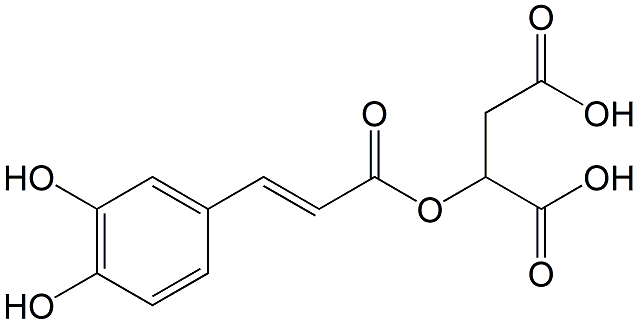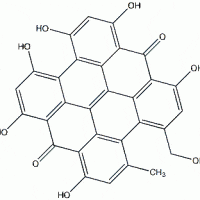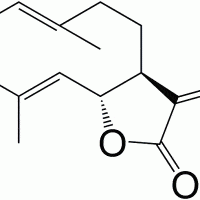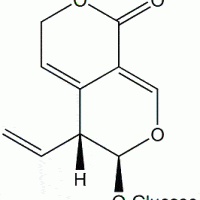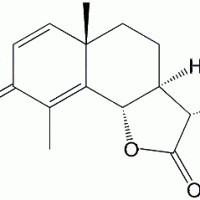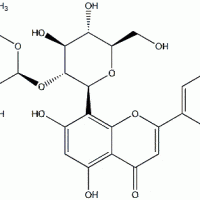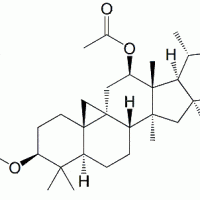- Required Weight missing.
Abstract
Caffeoylmalic acid (CAS 39015-77-5) is a hydroxycinnamoyl-malate ester isolated from stinging nettle (Urtica dioica). U. dioica has been traditionally used in the treatment of diseases and disorders, including rheumatism, eczema, arthritis, gout, and anemia. In Nepal, stinging nettle is used to manage pests, including cabbage butterfly larvae, hairy caterpillars, cutworms, red ants, termites, and aphids. It is an ester of caffeic acid and malic acid.
Research indicates that caffeoylmalic acid is potentially a potent antioxidant. Its role as an antioxidant has lead to studies on its effectiveness in prevention of cardiovascular disease and breast cancer.
You can find additional reference standards here
Compound Details
| CAS | 39015-77-5 |
|---|---|
| Molecular Weight | 296.23 |
| Chemical Formula | C13H12O5 |
| IUPAC | 2-[(E)-3-(3,4-dihydroxyphenyl)prop-2-enoyl]oxybutanedioic acid |
| Synonyms | (-)-Phaselic acid, 2-O-Caffeoylmalic acid, Caffeoylmalate, Coumaroyl malic acid |
| SMILES | C1=CC(=C(C=C1C=CC(=O)OC(CC(=O)O)C(=O)O)O)O |
| Purity | 99.1% |
| Storage Temperature | Below -18 degrees C |
| Storage Conditions | Dry, freezer |
Product Documents
Product Use Disclaimer
Products are sold as laboratory reference materials, to be used for diagnostic and in vivo testing. The samples are not certified for veterinary or human use.
$21.00 - $30.00 / milligram
| Range (milligram) | Price ($/milligram) |
|---|---|
| 5 - 24 milligram | $30.00 / milligram |
| 25 - 99 milligram | $27.50 / milligram |
| 100 - 249 milligram | $25.00 / milligram |
| 250 - 499 milligram | $23.00 / milligram |
| 500 - 1000 milligram | $21.00 / milligram |
Technical Support
Product information is from published literature. Due to the nature of scientific experimentation, results or specific product application may vary (e.g., selectivity, detector response). If you have questions about the product, its application, and associated analytics, please contact our technical support team.
Related products
-
View Item
Pseudohypericin – CAS 55954-61-5
$25.00 - $34.00 / milligram -
View Item
Costunolide – CAS 553-21-9
$7.80 - $11.00 / milligram -
View Item
Cimicifugoside H-2
PRICE ON REQUEST -
View Item
Gentiopicroside – CAS 20831-76-9
$5.50 - $11.00 / milligram -
View Item
Santonin – CAS 481-06-1
PRICE ON REQUEST -
View Item
Vitexin-2″-O-Rhamnoside – CAS 64820-99-1
$9.40 - $12.10 / milligram -
View Item
27-Deoxyactein – CAS 264624-38-6
$18.00 - $28.00 / milligram


